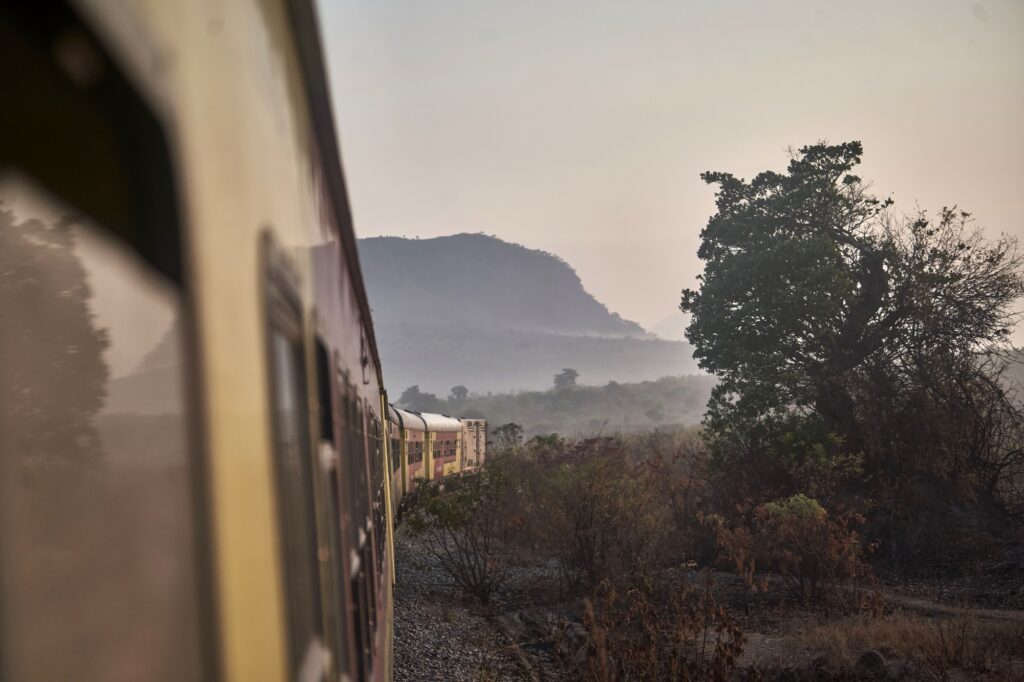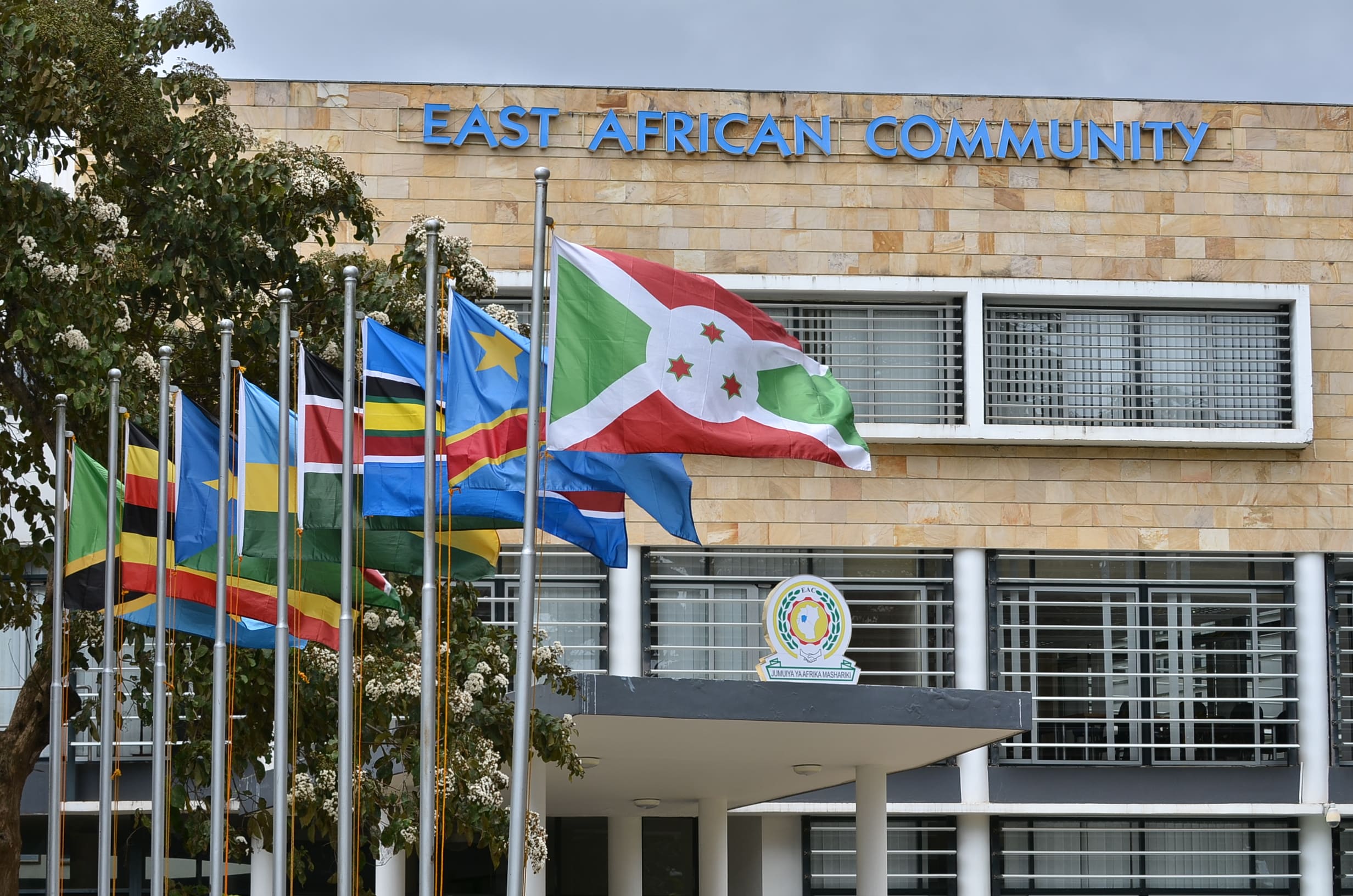
Thursday 13th November 2025

by inAfrika Newsroom
The Lobito transport corridor received a US$2.3 billion boost after the European Union confirmed more than €2 billion for upgrades to the Atlantic route linking Angola, Zambia and the Democratic Republic of the Congo, officials said. The package positions the Lobito transport corridor as a flagship Global Gateway investment in Africa.
Team Europe institutions will structure the Lobito transport corridor financing through grants, guarantees and blended instruments. Moreover, development banks are expected to help fund rolling stock, dry ports and logistics platforms that connect mines and farms to the rail spine.
The corridor builds on the Benguela Railway, which runs about 1,300 kilometres from Lobito port into mineral-rich regions of the DRC and Zambia. Current plans cover signalling upgrades, sidings and access roads so cargo can shift more easily from trucks to trains. In addition, port works at Lobito will deepen berths and expand yards for containers and bulk minerals.
Governments in Angola, Zambia and the DRC have framed the initiative as a way to cut transport costs and diversify export routes. Consequently, copper, cobalt and other critical minerals should gain a shorter path to Atlantic markets instead of relying mainly on corridors toward the Indian Ocean and southern ports. Officials also expect agriculture and general cargo to benefit as logistics services scale.
Policy coordination is moving in parallel with engineering work. The three states are using a dedicated corridor agency to harmonise customs rules, axle-load limits and security patrols along the route. Furthermore, they are exploring one-stop border posts and shared digital systems that track wagons, trucks and consignments in real time.
Communities along the line are watching both job prospects and safeguards. Construction phases are expected to create work in civil engineering, quarrying, warehousing and services. However, civil-society groups have called for clear resettlement frameworks, transparent compensation and environmental standards that protect water sources and farmland. Authorities have pledged public consultations and formal impact assessments.
Global demand for critical minerals adds urgency. Electric-vehicle, battery and renewable-energy manufacturers want diversified supply chains that reduce exposure to single routes and bottlenecks. Therefore, the Lobito transport corridor has drawn interest from multilateral lenders and industry players who see a chance to link upstream extraction with processing and manufacturing hubs in the region.
Analysts say governance will decide whether the corridor meets its promise. Strong maintenance regimes, competitive tariffs and predictable regulations could keep freight on rail. Conversely, weak enforcement or fragmented oversight could erode efficiency gains and push traffic back to roads. As a result, corridor authorities face pressure to publish performance data and resolve bottlenecks quickly.
Logistics providers are already modelling service options. Some see potential for dedicated mineral trains, while others test mixed-freight models that carry containers, fuel and fertiliser alongside ore. In addition, insurers and financiers are pricing risk based on security plans, political stability and contract structures. If delivery stays on track, the EU-backed push could reshape trade patterns across central and southern Africa before the decade ends.


